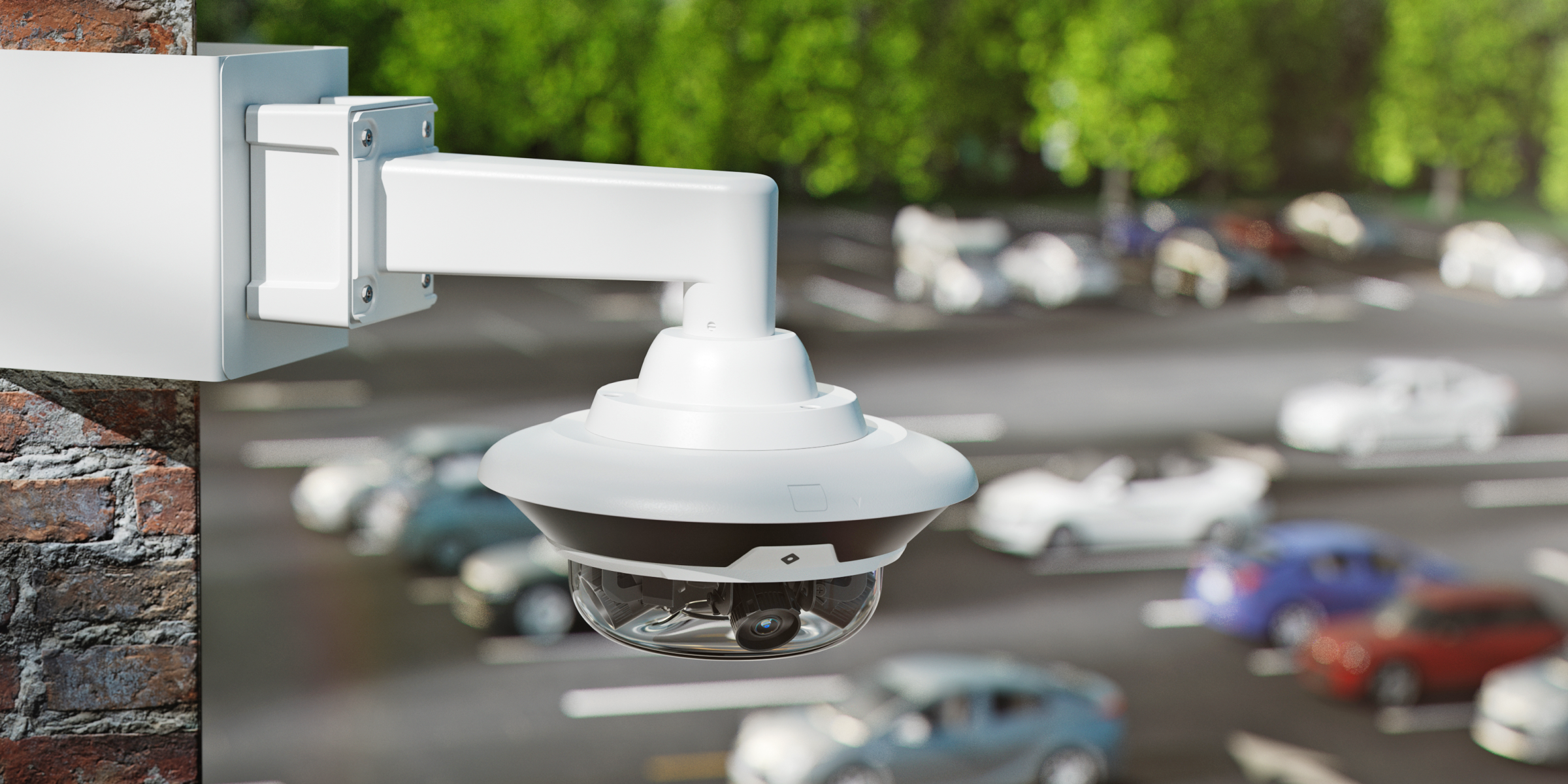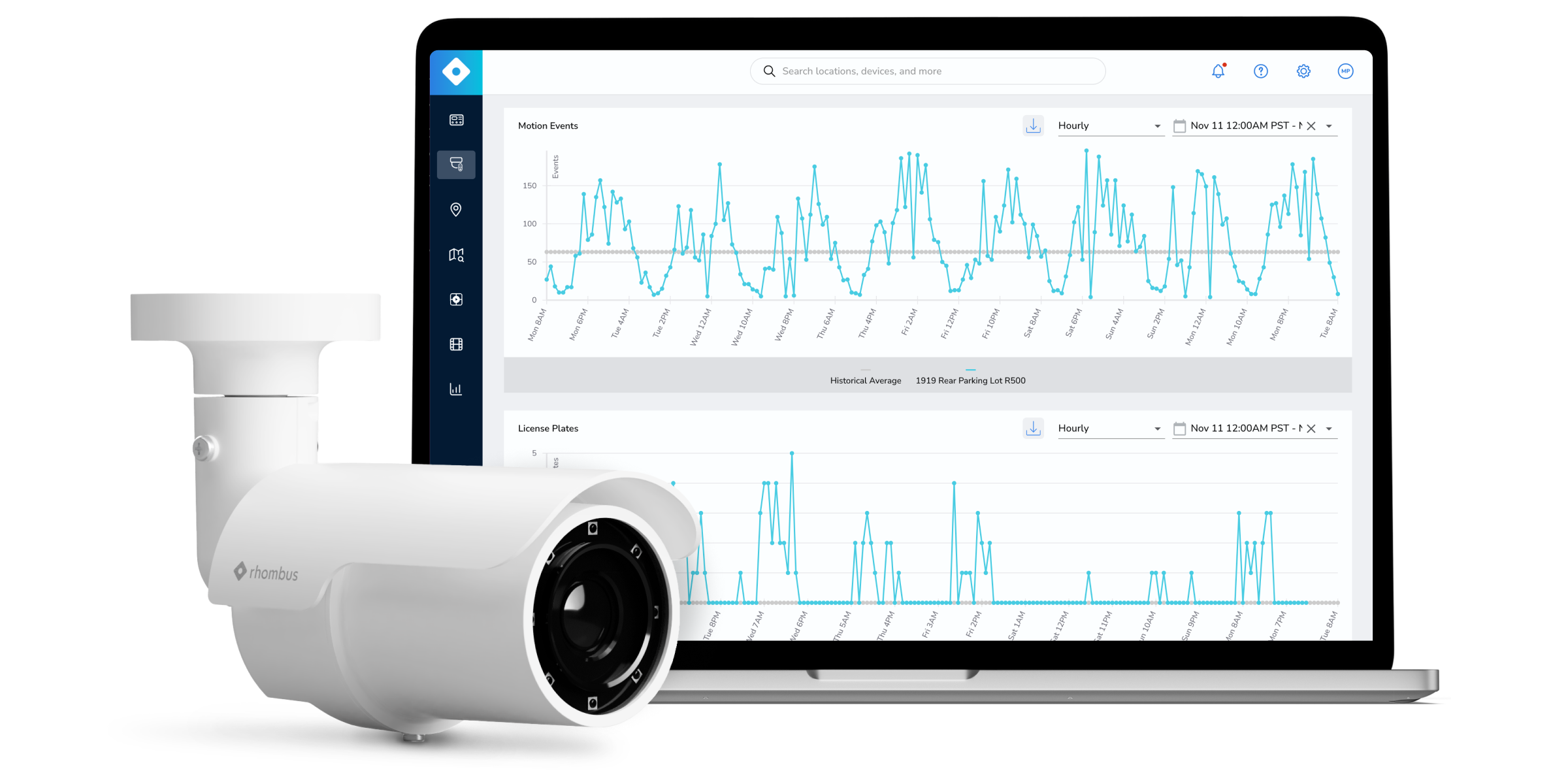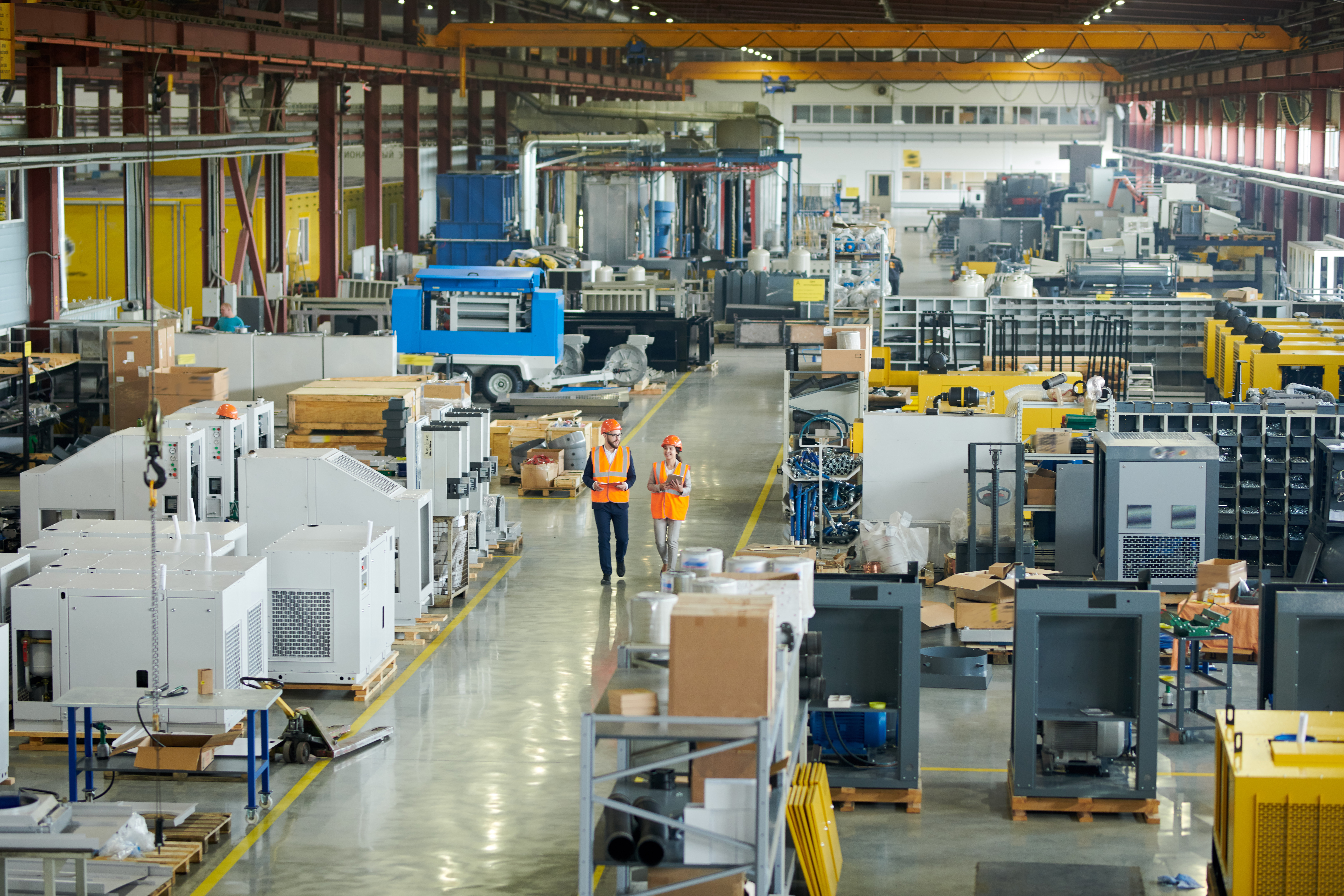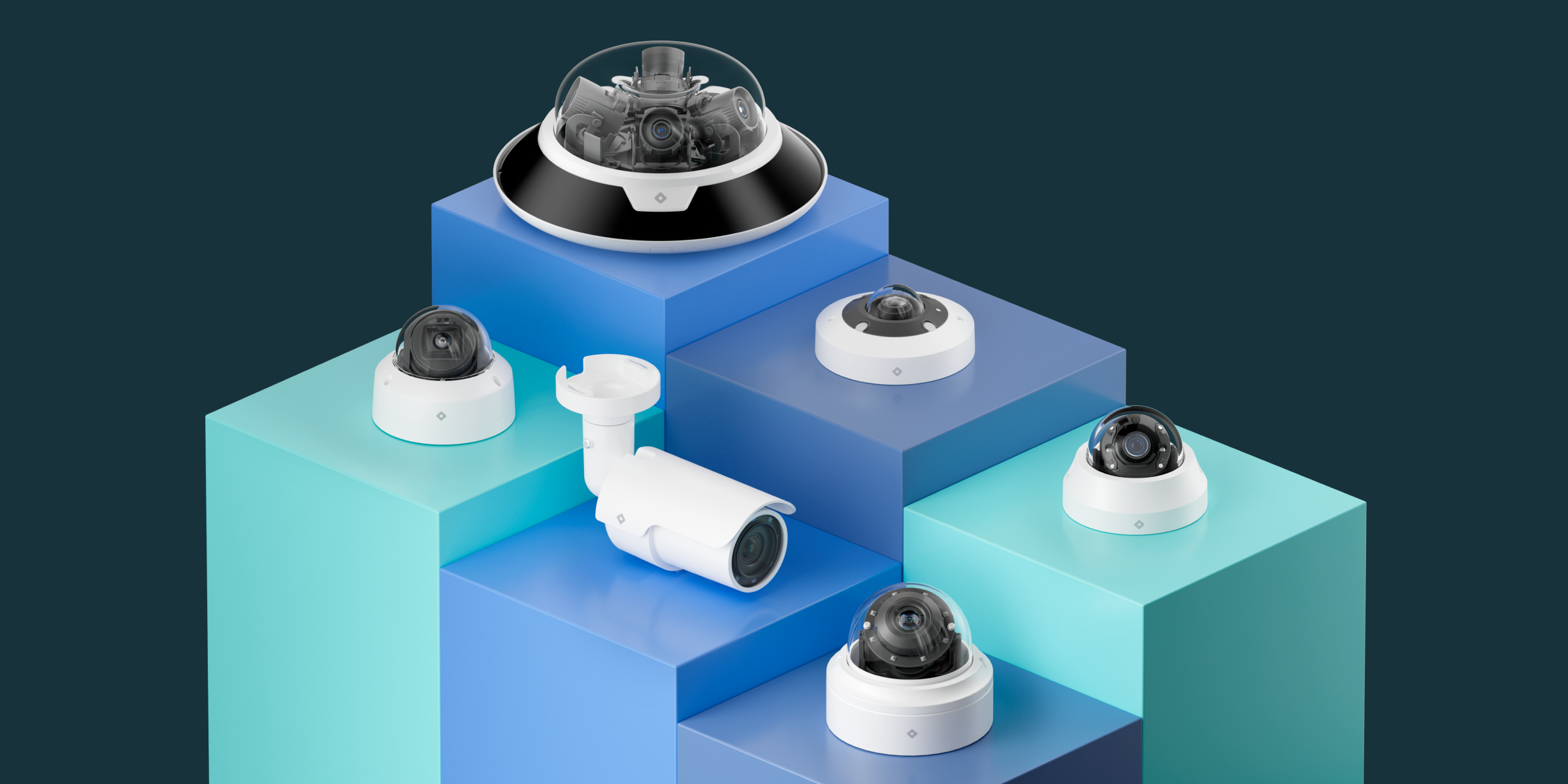Business Video Surveillance: Essential Features for Comprehensive Security

In today’s rapidly changing environments, businesses face an evolving mix of physical and cyber threats, from sophisticated break-ins to organized retail theft and workplace violence. To protect against these growing risks, video surveillance serves as an effective tool. A robust surveillance system not only deters potential threats but also provides crucial evidence for investigations and helps maintain regulatory compliance. To leverage its benefits and fully utilize the potential of business video surveillance, it is important to understand what it is, why it is important, and how to choose a video surveillance system that best fits your business’s needs.
What is Business Video Surveillance?
Business video surveillance is a comprehensive security measure that protects physical spaces, assets, and people through real-time monitoring and recording. Modern systems combine high-resolution cameras, recording equipment, and cloud-based software to provide 24/7 monitoring and remote access, ensuring continuous protection against security threats.
Why is Business Video Surveillance Important?
About 60% of businesses in the last 5 years experienced physical security breaches with the average cost of a breach amount to approximately $100,000. Organizations across several industries, such healthcare, education, retail, and manufacturing, are heavily investing in robust video surveillance systems. Here are a few reasons why:
Security Threat Prevention
Video surveillance is a critical first line of defense in preventing workplace crime and security breaches before they occur. Beyond detection, these systems actively deter potential threats, protecting employees, customers, and assets from harm. A secure workplace isn’t just about physical safety—it’s essential for employee confidence and operational continuity, making a well-designed surveillance system fundamental to any business security strategy.
Improving Safety and Compliance
Comprehensive video surveillance and camera systems help businesses meet crucial workplace safety regulations while proactively identifying potential hazards. By monitoring operational areas and documenting safety protocols, these systems protect employees, demonstrate compliance, and reduce liability risks—creating a secure environment that boosts employee confidence.
Robust Investigations
A commercial video management system and security cameras provide irrefutable evidence during security incidents, dramatically streamlining investigations and resolution processes. Clear documentation helps expedite insurance claims, legal proceedings, and damage assessments, while reducing dispute resolution time and costs. This digital trail ensures swift, accurate decision-making when responding to security breaches.

Primary Components of Business Video Surveillance
Video surveillance systems comprise two essential categories: the tangibles and the intangibles.
The tangible components include core hardware elements:
- Security cameras that provide comprehensive visibility across locations, with varying resolutions and form factors suited to specific environments.
- Access control that integrates with surveillance and camera systems, securing entry points through customizable permissions for authorized users.
- IoT sensors that complement video footage to enhance situational awareness through motion detection, environmental monitoring, and emergency alerts.
- Traditional Network Video Recorder (NVR) systems for on-premise video storage, though organizations are transitioning to cloud-managed solutions to reduce cybersecurity risks, data loss, and maintenance costs.
The intangible components deliver crucial software capabilities and services:
- Centralized platforms for managing video footage and security protocols, with cloud-managed solutions offering additional remote visibility through mobile apps and dashboards.
- Video analytics, alert systems and workflows for timely security insights and response protocols
- Granular user management controlling access levels across facilities, from location managers to corporate users.
- Integration capabilities and open APIs, connecting video surveillance with other security systems within your organization.
- Alarm monitoring services where live agent can verify a security threat and dispatch emergency services
In addition, a system for video storage can be considered hybrid with storage being available on-premise and on the cloud to retrieve camera footage
While organizations often prioritize tangible components during system selection, the intangible elements are equally critical for maximizing security effectiveness and operational value.
Essential Features for Effective Surveillance Systems
With video security cameras being crucial to security and safety, selecting the right surveillance or camera systems with comprehensive features is essential for maintaining a robust security posture. Let’s examine the key capabilities that define an effective surveillance solution.
Complete Coverage
Effective surveillance systems integrate visual camera footage and non-visual monitoring capabilities to ensure comprehensive coverage. In areas where security camera systems aren’t feasible, audio systems and motion sensors provide critical backup, ensuring seamless surveillance across all facility spaces.
Reliability & Continuity
Security demands unwavering system reliability, 24/7. Since security breaches often target surveillance vulnerabilities, maintaining continuous operation is critical. A robust system must offer built-in redundancy, tamper-proof components, and instant alerts for potential system compromises. This ensures uninterrupted monitoring and rapid threat detection, even during attempted security disruptions.
Resolution & Latency
Real-time surveillance requires minimal latency to enable immediate threat detection and response. High-resolution cameras must deliver clear, actionable footage for accurate identification, while flexible resolution options accommodate different monitoring needs—from overview surveillance in parking lots to detailed facial recognition at entry points. This balance of speed and image quality ensures both rapid response and reliable evidence collection.
Bandwidth
Effective bandwidth management is critical for surveillance system performance. Modern systems should offer configurable settings to optimize video transmission while maintaining network efficiency, ensuring continuous monitoring without compromising security.
Flexible User Management
Modern surveillance systems require flexible, granular capabilities to adapt to diverse organizational needs. From corporate security teams overseeing all locations to facility managers monitoring specific sites, these configurable permissions ensure both operational efficiency and security compliance.
Configurable Alerts & Workflows
Modern surveillance systems must deliver smart alerting capabilities and automated response protocols. Through customizable triggers and predefined workflows, these systems enable immediate action on potential threats, maximizing response efficiency and minimizing security risks.
Open API & Integrations
A surveillance system’s integration capabilities are crucial for future-proofing operations. Through robust APIs and turnkey connections, organizations can seamlessly integrate security platforms with existing business systems, ensuring scalability and future adaptability while minimizing IT overhead and implementation complexity.

Key Considerations for Choosing the Right Video Management System
Beyond core surveillance capabilities, organizations must evaluate several strategic factors when selecting a system. These considerations directly impact operational effectiveness and long-term business value.
ROI Across Functions
Modern surveillance systems and security cameras deliver measurable value across multiple business functions. Security teams benefit from streamlined operations and enhanced threat prevention, while safety teams can reduce workplace incidents and validate compensation claims with documented evidence. From an operational perspective, these systems optimize asset utilization, enhance customer service through better monitoring, and improve workforce productivity—creating efficiencies that directly impact the bottom line.
Ease of Scale & Maintenance
Scalable surveillance architecture is essential for growing organizations, demanding seamless expansion without compromising operational continuity. Effective security camera systems must offer simplified maintenance protocols that minimize both disruption and unexpected costs—avoiding the unpredictable failures and expenses common with traditional network video recorders. The platform should provide centralized control over licenses, devices, and data management, ensuring efficient administration across locations.
System Interoperability
Surveillance systems must function as part of a broader organizational ecosystem rather than operating in isolation. Through open APIs and turnkey integrations, these security camera systems should seamlessly connect with existing business tools, security platforms, and operational software. This interoperability ensures that video surveillance enhances overall business intelligence while maximizing the value of existing technology investments.
Automatic System Updates
Modern surveillance platforms and security camera systems must continuously evolve through regular software enhancements and firmware updates, unlike traditional systems that quickly become outdated. An effective solution should automatically deploy security patches and new features, ensuring the surveillance infrastructure remains current without requiring manual intervention. This proactive approach to system maintenance guarantees long-term protection against emerging threats.
Legal Considerations and Privacy Compliance
While commercial video surveillance and security camera systems are generally legal, organizations must navigate varying state privacy regulations and workplace recording laws. Systems must be implemented with careful consideration of privacy expectations, particularly in sensitive areas like restrooms and locker rooms where surveillance is prohibited. Many jurisdictions require clear notification of surveillance activities through visible signage and employee communications, ensuring transparency and maintaining compliance with privacy regulations.
Rhombus for Modern, Cloud-Managed Business Video Surveillance
As a cloud-managed surveillance platform, Rhombus delivers comprehensive security while simplifying operations with a suite of security cameras, access control, IoT sensors, and alarm monitoring. With an enterprise-grade, secure, and open architecture, Rhombus helps organizations stay protected, scale effectively, and future-proof operations while staying focused on reliability and cybersecurity.
If you are looking to upgrade your business surveillance system, contact us for a free trial or a specialist consultation on modernizing your security.
Rohan Hemrajani serves as Director of Product & Content Marketing at Rhombus. He has over 10 years of marketing experience, ranging from multinational to startup brands, with the majority in the IoT industry. Rohan has launched several new products and programs designed to deliver safety and efficiency across diverse industries.



